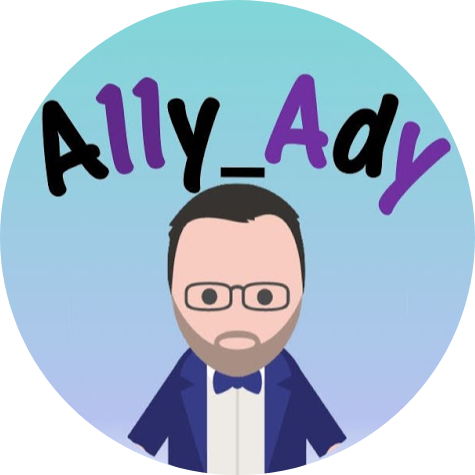Tip of the Month:
Starting on a new project? Start talking about accessibility right from the start. It is easier and cheaper to bake it in than add it later.
General:
Everyone knows that social media has a history of not being very accessible but the landscape is changing. More of them have added alternative text to images and progress is being made. Instagram have looked into their feed and the poor experience for those using screen readers and made some significant changes. A big step in the right direction.
https://about.instagram.com/blog/engineering/crafting-an-accessible-instagram-feed
There are lots of myths about accessibility from accessible websites are not exciting designs. Overlays solve all the problems, it is really hard to learn, I could go on. Alvaro Montoro takes a number of these myths and does a great job of debunking them.
https://alvaromontoro.com/blog/67989/myths-about-web-accessibility
Compliance:
There’s a common misconception about images and alternative text (alt-text) that every image needs a description. That simply isn’t true and anything that is purely decorative can simply be hidden from a screen reader. There are times when you have to describe an image but sometimes that’s not easy. Here you can ‘Use the interactive features on this website to determine when additional details are necessary and what makes for a good description.’ Enjoy.
https://poet.diagramcenter.org/
Technical:
ARIA or Accessible Rich Internet Applications is a great way of providing accurate semantics. In this piece it walks through several questions it is good to ask when thinking about using them.
https://www.boia.org/blog/4-questions-to-ask-before-using-aria
To grid, or not to grid, that is the question Sarah Higley looks to answer in this post. Grids can cause accessibility issues and are something auditors come across regularly. Sarah goes into detail about how to do it right and has a great summary at the end to help you decide if you should use a grid or table.
https://sarahmhigley.com/writing/grids-part1/
Disability:
This blog post on accessibility.com talks about negative language and its association with people with disabilities. It educates in several ways and is well worth your time.
https://www.accessibility.com/blog/what-is-negative-langauge?
As part of their accessibility fundamentals series, the section on perspective videos offers short explanations of accessible needs. From colour contrast to speech recognition there are lots of insights into how accessibility is essential for some but useful for all.
https://www.w3.org/WAI/perspective-videos/
Tools:
We all love a great tool to help us work. I’ve highlighted some good ones in this newsletter but they do have their limits. In this well crafted post, Colleen Gratzer looks at those things tools just cannot help with.

